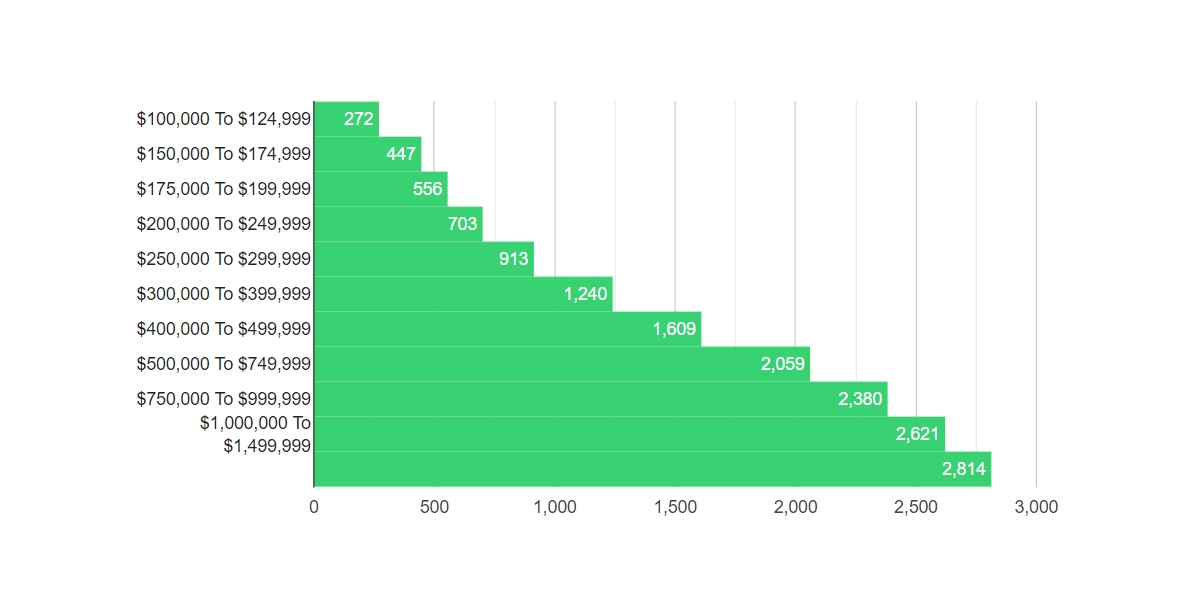
Employers consider health insurance an essential part of their compensation. But the cost of these benefits has increased steadily for a decade. Increasing deductibles, prescription drug costs and health system pricing are among the reasons. These trends are driving premiums to rise and depressing wages. Many employers are frustrated with increasing costs and administrative burdens. Some are looking for alternatives to the wage.
Employers are using more wearable devices for their wellness programs. A survey showed that nearly half of all employers store data about employees' wearable devices. While health insurance continues to be driven largely by rising prices, employers are increasingly looking at alternative payment methods to help their employees.
According to the Congressional Budget Office (CBO), the number Americans who are covered by employer-sponsored health plans will remain the same 159million in ten year. That means health insurance will continue to be a tax-preferred alternative. In 2019, the cost of single coverage for a household will still exceed 9.86%.

Premiums do not include the cost associated with health insurance. They also include the cost of deductibles. A quarter of American workers have a minimum $2000 deductible. The deductible for workers in the United States is approximately $2,000. Many businesses are now opting to be self-insured, which can reduce the overall cost of benefits. When claims are low, the self-insured plan saves money. If the claim is more than anticipated, the employer will have to pay an additional amount.
The age mix of employees determines the rates for small groups. Massachusetts has a median annual income of $1186 for workers younger than 25 and an average annual income of $6,896 for those older.
Larger employers can have greater control over their plan coverage. Large employers usually offer a biometric screening for employees. They offer a health and wellness program to encourage employees to see lower-cost doctors. Public sector employers can also customize their health plans to meet employees' needs.
The Affordable Care Act will shift employers with 51 to 100 employees into a merged health insurance market in 2016. These employers will pay premiums that can go up to 9 %. The law also requires that each state sets a rate every year. The annual penalty for those who don't provide affordable plans is $3,480

In order to comply with the ACA, some small employers must make additional contributions to subsidize health insurance for their workers. For example, in Massachusetts, employers are expected to contribute $50 per employee per year.
Despite these requirements and the decline in employers offering insurance, it is not surprising that there are fewer of them. Many small employers are unhappy with the high cost of benefits after a decade of rapid growth. Despite the fact that health insurance rates have not increased for most employers, some employers are still struggling to retain their employees.
As unemployment remains low, so is the difficulty in keeping employees. This is a problem for employers. Employers can be fined $2,320 per person if they fail to offer health insurance. For failing to comply COBRA, which requires employers to offer continuing health care to employees, there are thousands of dollars worth of fines.